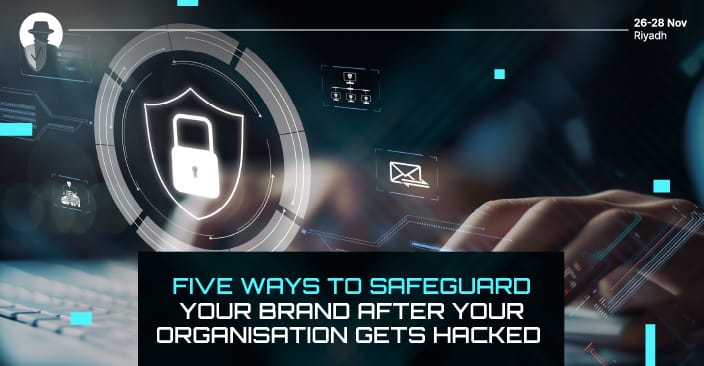
New VEC attack data shows why cybersecurity awareness needs a reboot
New research on vendor email compromise attacks shows that nearly half of employees fall for malicious emails, and 98.5% go unreported.
Read More
Your brand matters. When your organisation gets hacked, there are operational security measures that have to kick into action immediately – to protect your network and minimise the scope of the attack.
But in the flurry of activity that comes immediately after a breach is discovered, it’s easy to forget that protecting your brand requires a slightly different approach. It’s not just about technology; there are steps you need to take to consider the impact of the attack on your brand itself, and then work to mitigate that impact.
Your brand is the distinct identity of your business. It’s how your customers or clients understand and connect with your company and the products or services you offer. It includes your name and visual identity, along with your company’s mission and values, tone of voice, and more. Your brand is the perception(s) that customers have about your company and what your company does.
It’s difficult to measure brand damage. The easiest way to describe it is as ‘reputational damage’, but even that isn’t quite accurate; because when a brand is compromised by a cyber attack, it’s the very identity of your company that takes the hit.
From a marketing perspective, brand is critical – it’s how your company engages with the world, and if the world feels wary of your brand, you’re going to struggle to sell anything.
So how do you protect your brand in the wake of a cyber attack or data breach?
Here are 5 things to do as soon as you can after your company’s incident response operation has been activated.
As quickly as possible, start communicating transparently with all stakeholders – including customers, employees, and partners. It’s the single most powerful way to maintain trust after a breach, because it shows stakeholders two things: one, that you’re taking the hack seriously; and two, that you respect them.
It’s important that all breach notifications meet regulatory compliance requirements; so give your marketing, PR, and communications teams access to legal guidance straight away.
Transparency should be combined with effective narrative management and control over the flow of information out of your company – and PR professionals with expertise in handling breach communications are invaluable here. Messages should be carefully crafted to be clear, consistent, and reassuring. And that consistency includes a good fit with your brand.
In the days and weeks after a hack, you need a team that’s actively monitoring social media, review sites, and other relevant online platforms for misinformation or negative comments. You can work to address misinformation quickly and respond to comments in order to show customers your brand is engaged with recovery and not hiding away.
Engage with your customers. Get on the phone with partners. Be visible and active in your digital communities. Offer support to affected stakeholders to help them recover from any impact they’ve suffered from the breach, and provide compensation where appropriate. Create easy-to-access communication routes for customers to get in touch with you if they’re worried about the hack.
It takes time for a brand to recover from a hack. But as you move forwards, the best thing you can do is double down on your brand identity and work to ensure customers can still relate to the brand they love. A strong brand can be worth its weight in gold after a breach – it’s your best tool to reassure, re-engage, and rebuild.
Register now to attend Back Hat MEA 2024 and immerse yourself in learning directly from the leading experts in cybersecurity.
Join the newsletter to receive the latest updates in your inbox.

New research on vendor email compromise attacks shows that nearly half of employees fall for malicious emails, and 98.5% go unreported.
Read More
With new data from Arkose Labs, learn why psychology, business strategy and timing are just as important as technology for cyber defence.
Read More
The latest in a long line of attacks against IoT devices that highlights the vulnerability of the Internet of Things.
Read More